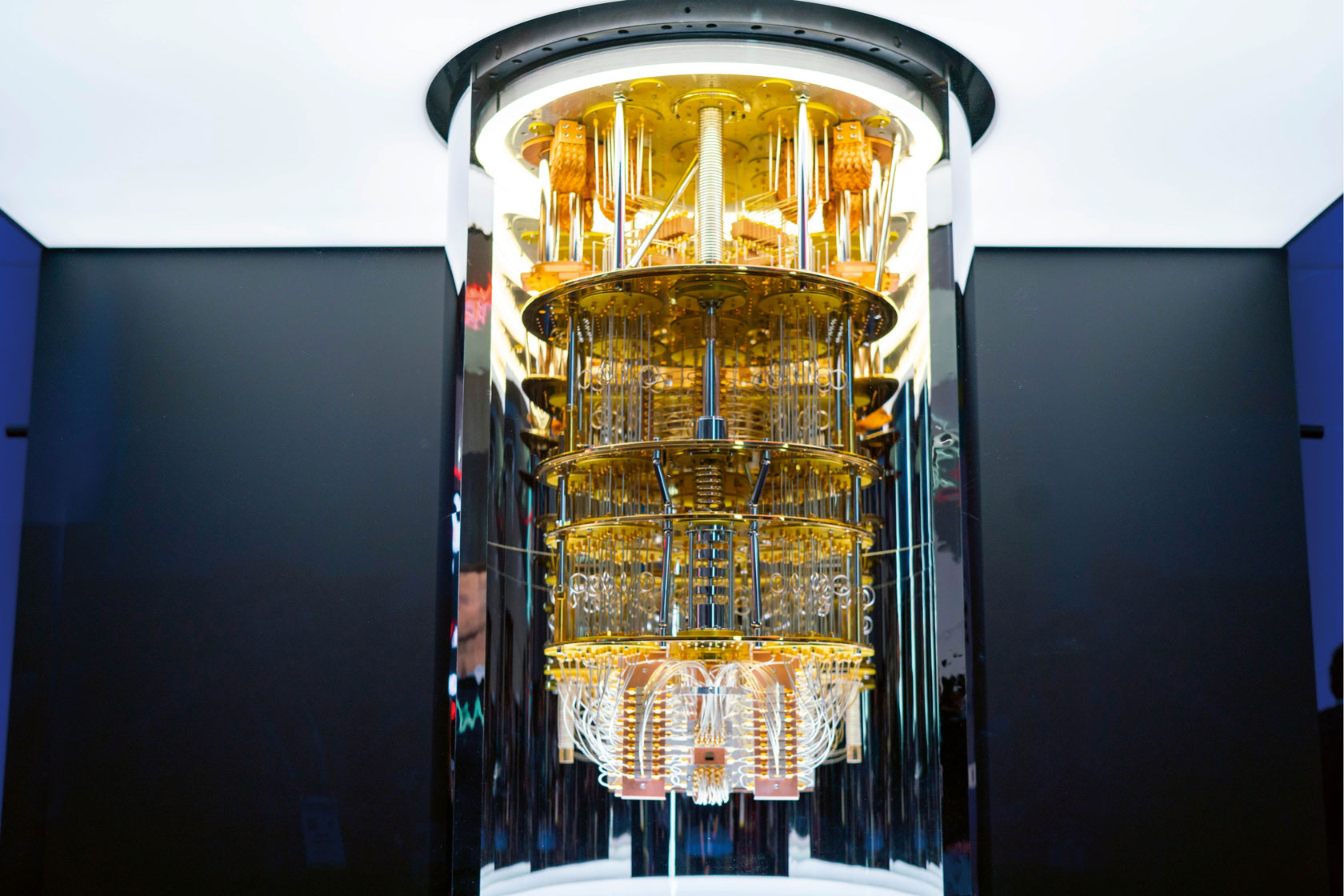Navigation auf uzh.ch
Navigation auf uzh.ch
Have you ever heard of electrical current being conducted without any losses? Materials that suddenly start to levitate? No, we’re not talking science fiction here – this is a quantum mechanical phenomenon. It only occurs at extremely low temperatures and is known as superconductivity. In the future, will it be possible to develop materials that are superconducting under standard conditions, too?
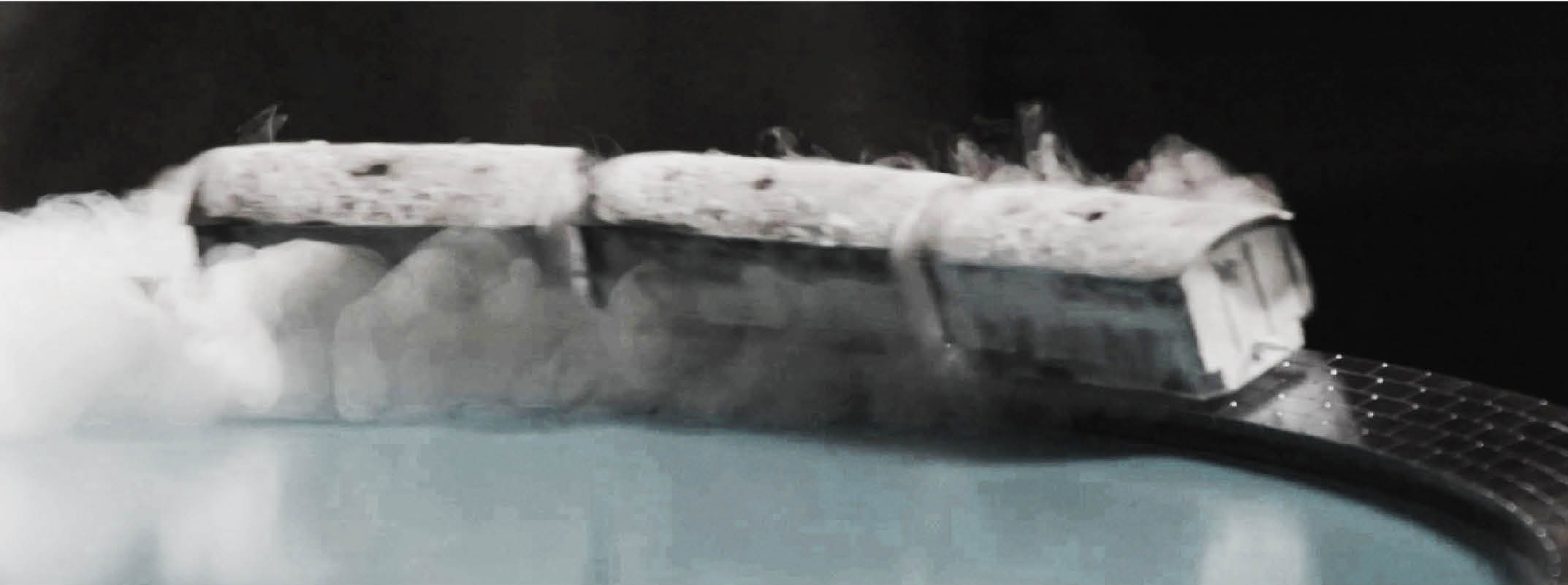
Superconducting materials are materials – metals or conducting ceramics – that suddenly change their physical properties at extremely low temperatures. In their superconducting state, they conduct electrical current without any resistance and exhibit special effects in a magnetic field.
Superconducting materials are primarily used technologically to create extremely strong magnetic fields. The CMS detector at CERN, for instance, contains superconducting magnets that can generate a magnetic field 100'000 times larger than that of the Earth.
The phenomenon of superconductivity is based on quantum mechanical processes.
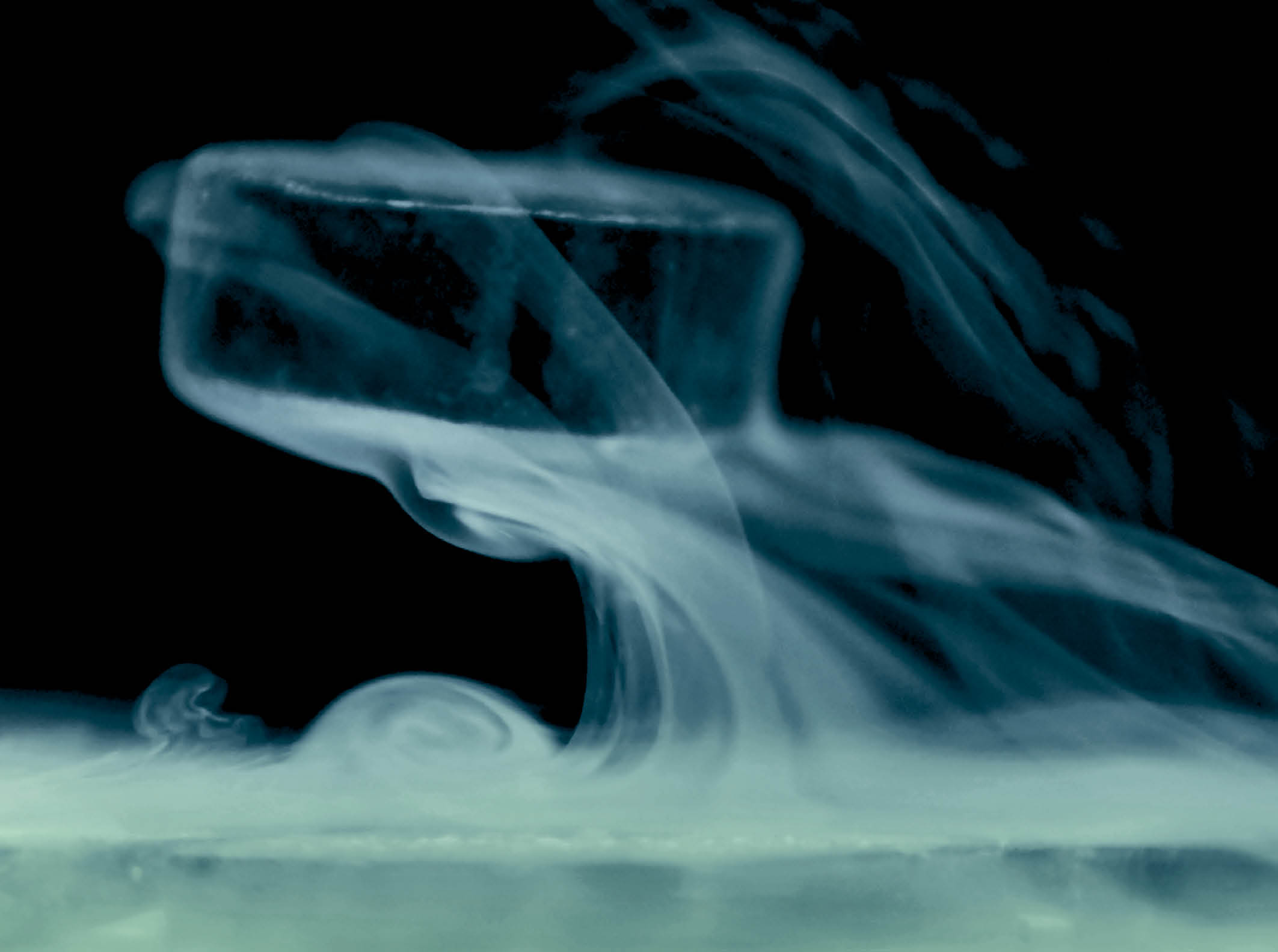
Unlike with most other phenomena from the field of quantum mechanics, we can experience the effects of superconductivity directly.
There are two ways of classifying superconducting materials: one approach divides them into groups based on the temperature at which the material becomes superconducting. The second approach classifies them according to how the material behaves in a magnetic field once it has been made superconducting.
Low-temperature superconductors (mostly metal alloys)
High-temperature superconductors (ceramic metal oxides)
Type-I superconductors
When a magnetic field is applied to these superconductors, they expel the magnetic field towards their surface (known as the Meissner-Ochsenfeld effect). This means that they are not magnetic in their interior and they only conduct electrical current via their surface, not internally.
Type-II superconductors
When a magnetic field is applied to these superconductors, they produce channels of magnetic field (known as vortices), in addition to the Meissner-Ochsenfeld effect. The high magnetic fields in the vortices cause local suppression of the superconductivity and others (in the vortices) where they are in the normal state.
How is electrical current transported?
Metals conduct electrical current. This is linked to the structure of the metal atoms. They have few electrons in their outermost shell (known as the valence electrons), but can release these easily, depending on the element.
Shell model showing the structure of an aluminium atom
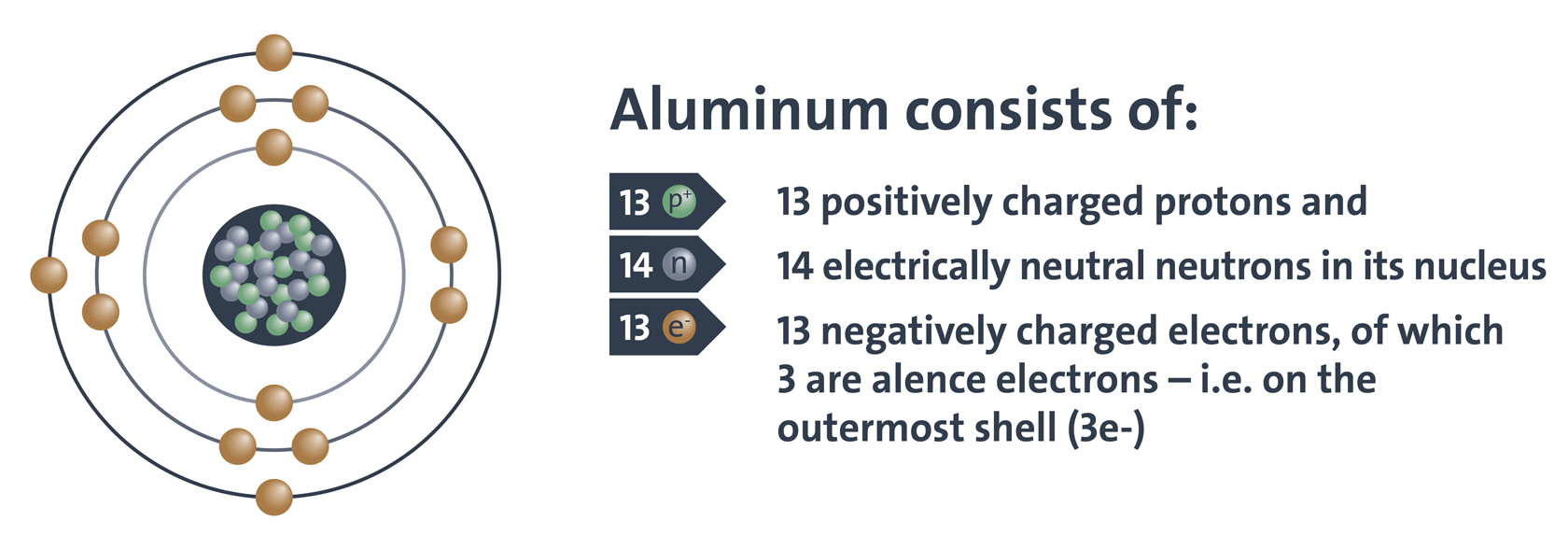
Electrical conductivity of metals
When metal atoms that are arranged in a crystal lattice release their valence electrons, what remains is a positively charged ion. The released (negatively charged) valence electrons can move freely between the ions. They form what is known as the electron gas and are able to conduct electrical current.
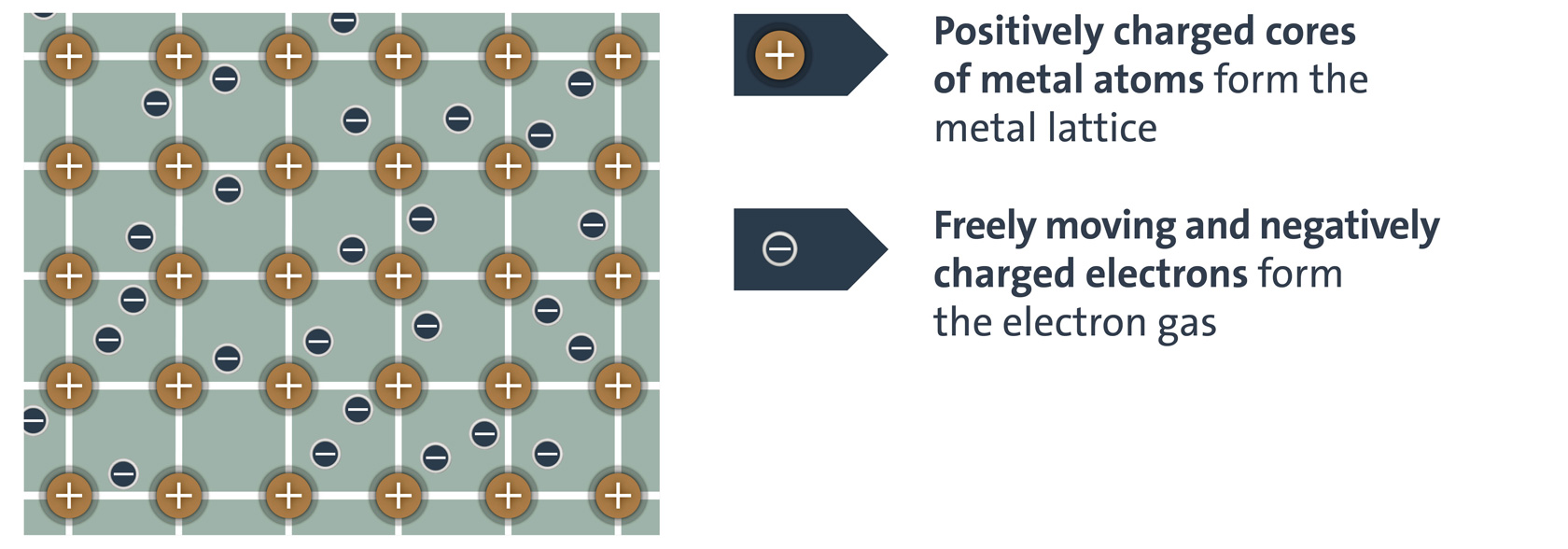
At room temperature, there is resistance when electrical current flows through metals. This occurs because the free moving electrons in the electron gas collide with the other electrons and the ions that are moving due to the temperature, which causes them to release their kinetic energy. If the temperature increases, the ions vibrate more vigorously. This increases the number of collisions. The electrical resistance therefore increases as the temperature rises.
The resistance is defined as the ratio of the applied voltage and the current flowing in the material:

Materials in a superconducting state exhibit interesting effects, some of which can be used technologically. Superconducting materials are characterized by:

Diamagnetism
How the effect occur and what it does:

Meissner-Ochsenfeld effect
How the effect occur and what it does:

Cooper pairs
How they occur and what they do:
In addition to these effects, type-II superconducting materials form magnetic vortices when a strong external magnetic field is applied to them.
Vortices
How they occur and what they do:
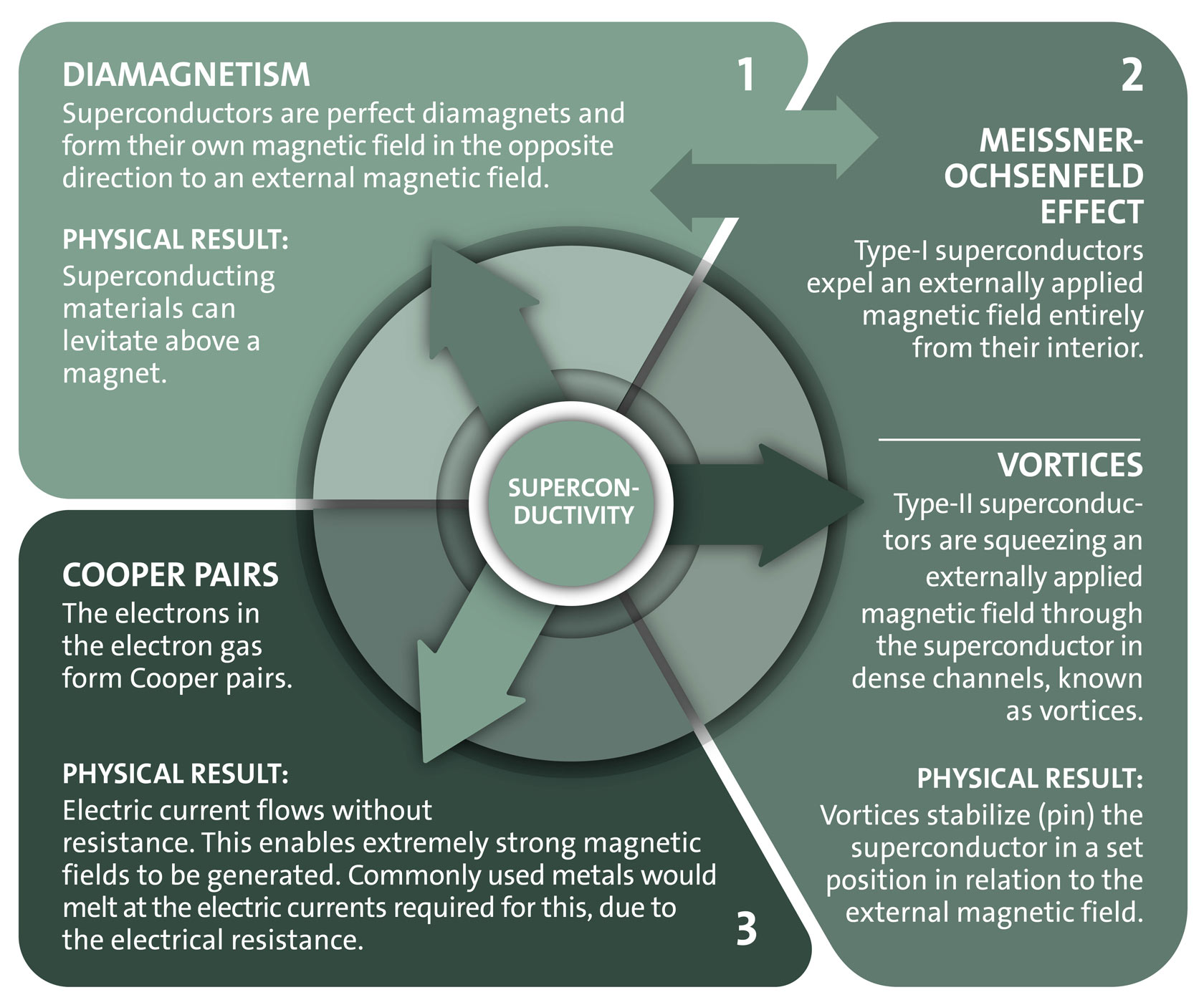
The University of Zurich has been a leader in high-temperature superconductivity research since the Nobel Prize in Physics was awarded to Karl Alex Müller and Johannes Georg Bednorz in 1987 for their discovery of high-temperature superconductivity.
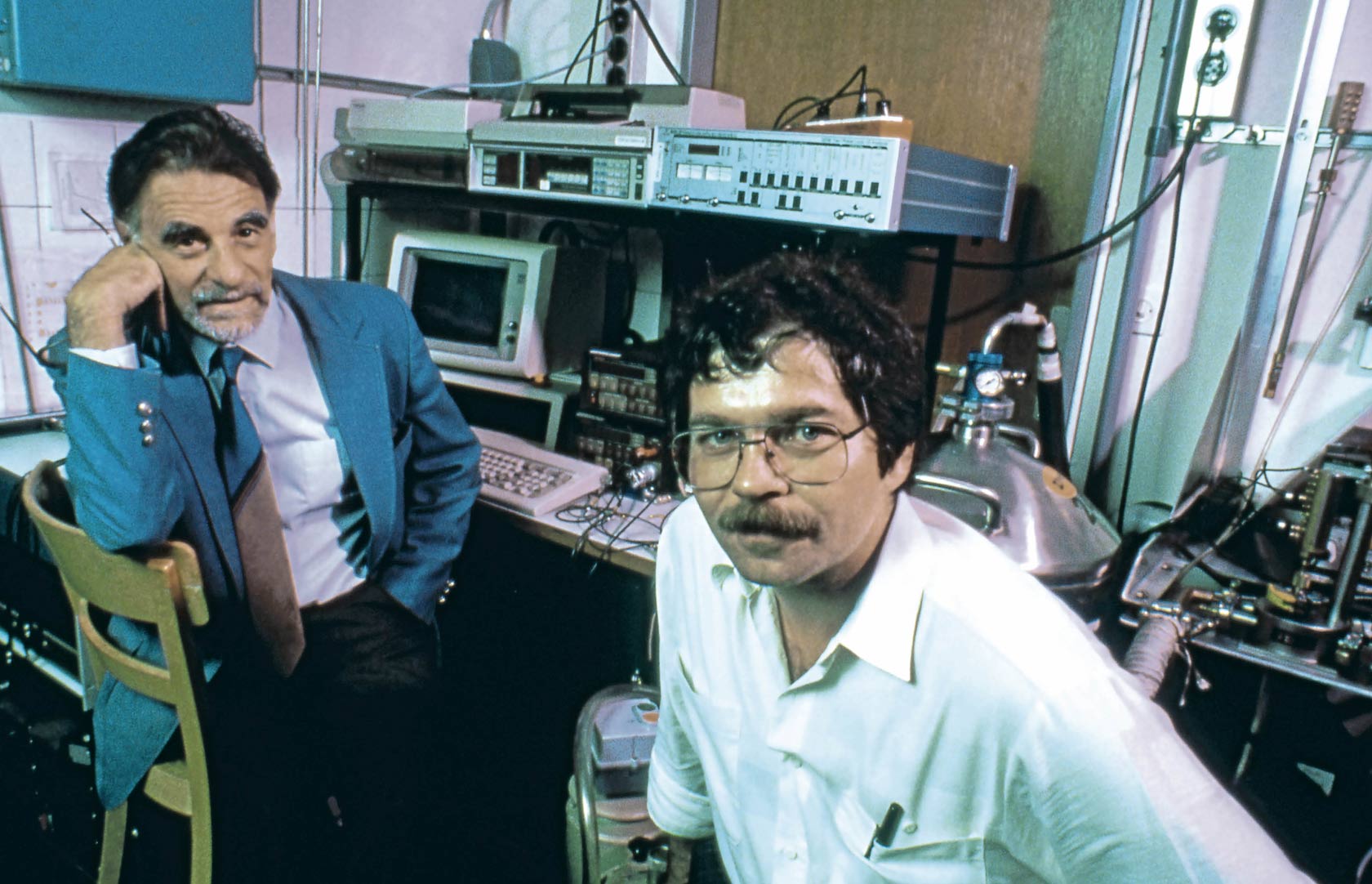
Professor Andreas Schilling has held the record since 1993 for the highest ever measured transition temperature (-140° Celsius) for a superconductor at ambient pressure.
Physicists Johan Chang and Andreas Schilling are conducting experimental research in high-temperature superconductivity at UZH. Part of their work involves looking for material combinations with the highest possible transition temperatures.
Physicist Titus Neupert studies theoretical aspects of superconductivity, including topological insulators with superconducting edges.
Prof. Johan Chang
Experimental physicist
Originally from Denmark,
working at UZH since 2015
Prof. Chang heads up the Laboratory for Quantum Matter Research. His areas of research are correlated superconductivity, unconventional charge ordering, vortex physics, quantum criticality, and phase competition.
Prof. Andreas Schilling
Experimental physicist
Originally from Switzerland,
working at UZH since 2003
Prof. Schilling studies new materials and primarily works in the fields of superconductivity, magnetism, and thermodynamics, one example of his work is the development of superconducting thin-film, nanowire, single photon detectors working in the X-ray range.
Video portrait of Prof. Andreas Schilling:
Prof. Titus Neupert
Theoretical physicist
Originally from Germany,
working at UZH since 2016
Prof. Neupert leads the group for condensed matter theory. He studies quantum materials and is developing novel numerical methods for topological and correlated systems.
Video portrait of Prof. Titus Neupert:
Theoretical physicists are working to explain the phenomenon of high-temperature superconductivity and describe it in conclusive mathematical terms. In experimental physics, researchers are looking for high-temperature superconductors with the highest possible transition temperatures. If they can develop materials that are super-conducting under normal conditions – i.e. at ambient pressure and room temperature – or under almost normal conditions, this would be a breakthrough with countless technological applications.
To date only few practical applications exist for high-temperature superconductors because the materials are rather brittle. Low-temperature superconductors can be used to generate extremely strong magnetic fields. These are used in high-tech fields and medical diagnostics:

